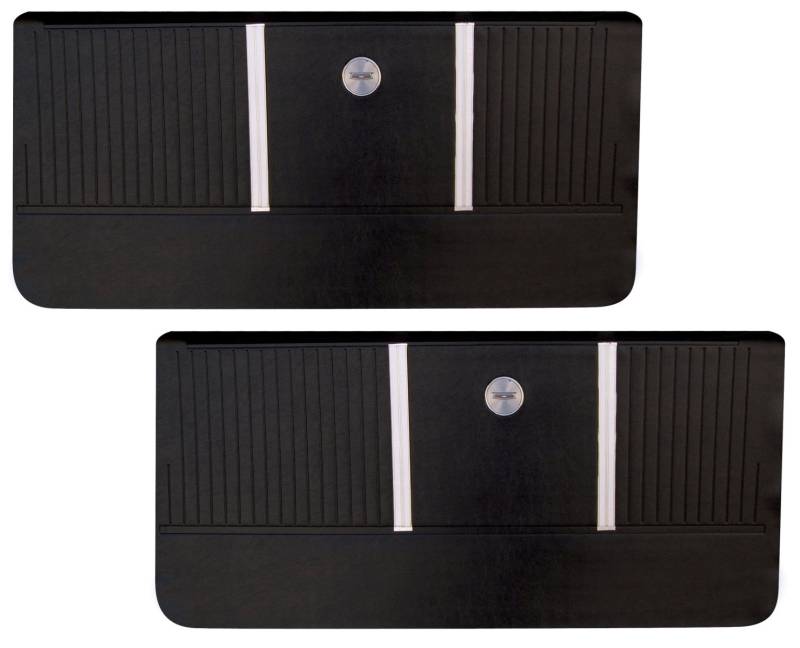
Third generation (1968-1972) El Caminoġ968 introduced a longer El Camino, based on the station wagon/4-door sedan wheelbase. Air shocks were introduced, allowing the driver to compensate for a load.
1959 EL CAMINO DOOR PANELS UPDATE
The El Camino followed the Chevelle's styling update for 1967, with a new grille, front bumper, and trim. The 1965 327 would run low 15s in the 1/4 mile (at some 90 mph), while 1966 to 1969 models were easily into the mid- to upper-14s. 1966 brought added a 396 in³ engine to the lineup rated from 325 to 375 hp. That 1964 model was basically identical to the Chevelle forward of the B-pillars, but Chevrolet considered the vehicle a practical, utility model and the Chevelle's most powerful engines were not available.ġ965 saw the availability of performance versions of the 327 engine with some 350 hp. Second generation (1964-1967) El Caminoįour years later, with the Ranchero still selling well, Chevrolet reincarnated the El Camino, based on the then-new Chevrolet Chevelle. In total, 36,409 first generation El Caminos were produced. Sales were down at 14,163 and Chevrolet decided to discontinue the model. The 1960 model tracked the changes on the Impala, with an extensive restyling. The car's development was rushed, and it was not as successful as the Ford, with 22,246 built the first year. The first El Camino was produced for the 1959 model year (two years after the Ranchero) and was based on that year's Chevrolet Impala. In Mexico, it was sometimes badged and sold as the Chevrolet Conquistador. In its years the El Camino was sold under three main models, The Super Sport, The Conquista, and the regular El Camino.

A car built by Chevrolet in the United States, was produced in response to the success of the rival Ford Ranchero. The Chevrolet El Camino, (El Camino is Spanish for "The Road").


 0 kommentar(er)
0 kommentar(er)
